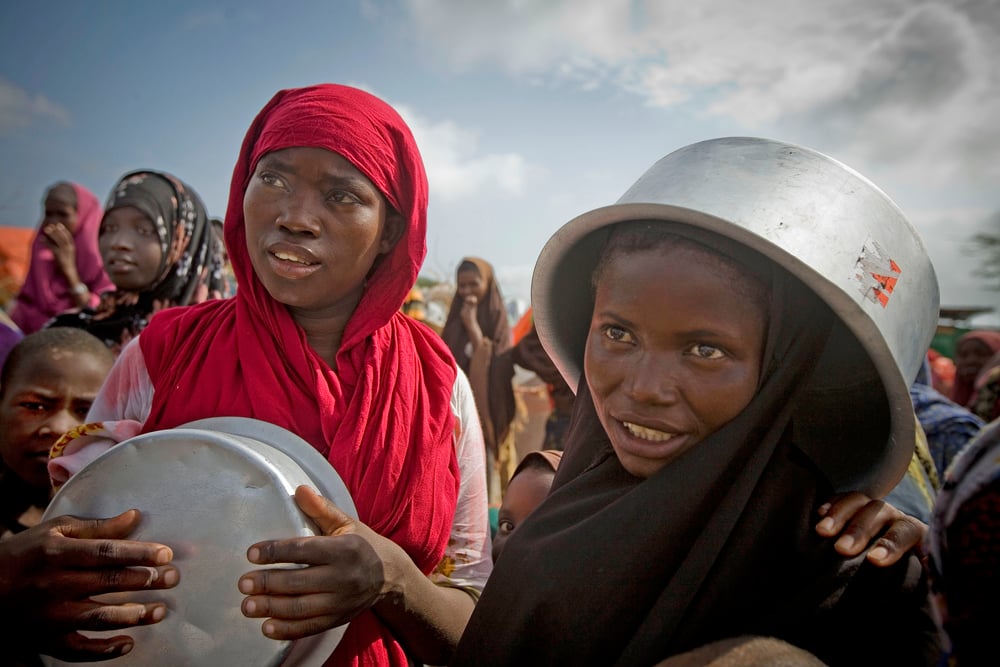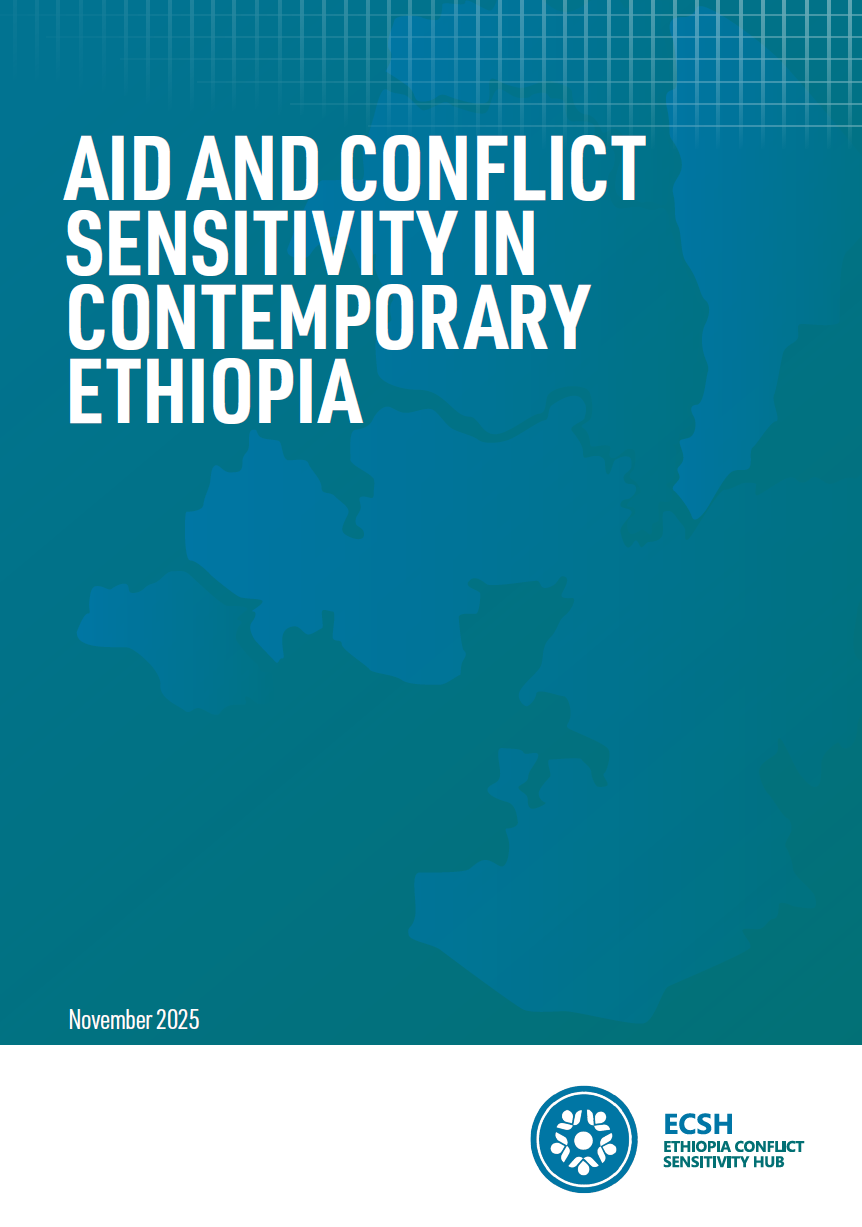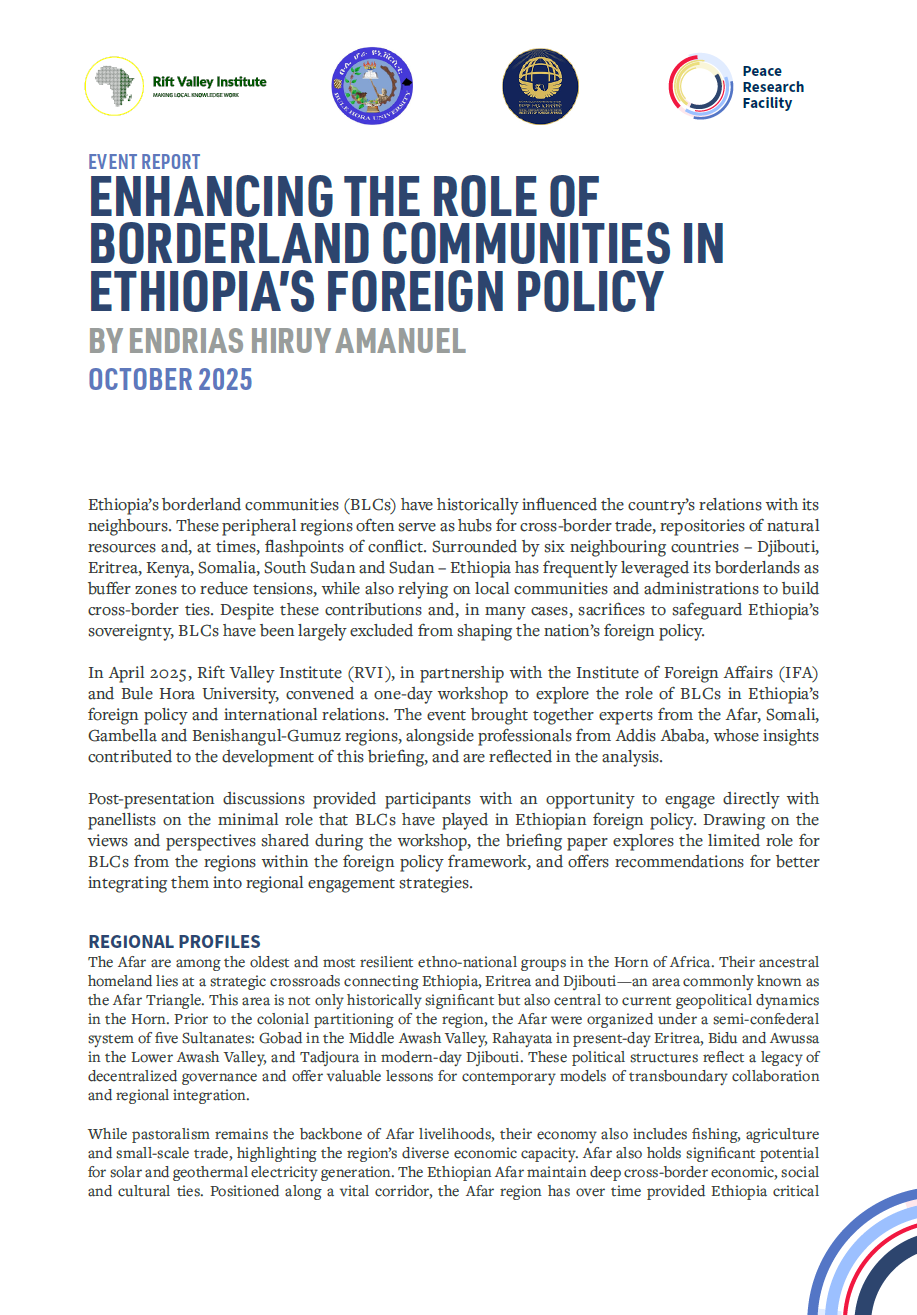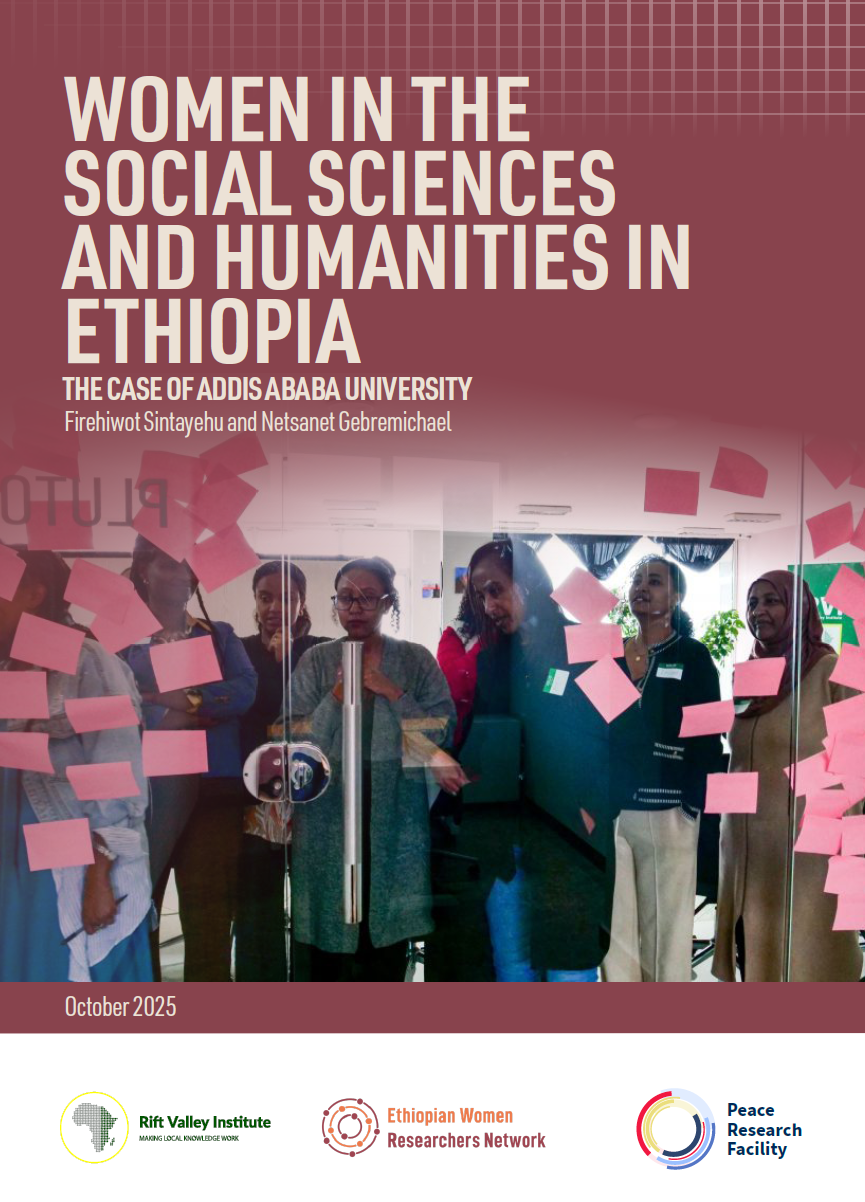The following commentary was published on IRIN commentary and was signed by 10 leading academics and humanitarian professionals, including RVI Fellow Nisar Majid and associate Abdullahi Khalif.

Six years after a famine killed a quarter of a million people in Somalia, the country is threatened with another. Famines only occur if political decision-makers allow them to; it is imperative that the right decisions are made now. But have we learnt enough from the mistakes of 2011?
The context has changed since 2011. Somalia now has a functioning – if limited and fragile – state apparatus. Some of the areas worst affected by the last crisis have since received considerable resilience investment (although how far such programming has helped people prepare for or cope with the current crisis is not yet known).
On the other hand, the current drought is more widespread than that of 2011. Global competition for humanitarian resources is fiercer. Parts of South Sudan have already been declared to be experiencing famine, and the situation there is likely to worsen substantially over the next four to five months, while Nigeria and Yemen also face the imminent threat of famine. Across the world, a record 70 million people are estimated to need emergency food aid in 2017. Yet there are fears some donors, notably the US, will significantly cut their aid budget this year, including for humanitarian assistance.
…



